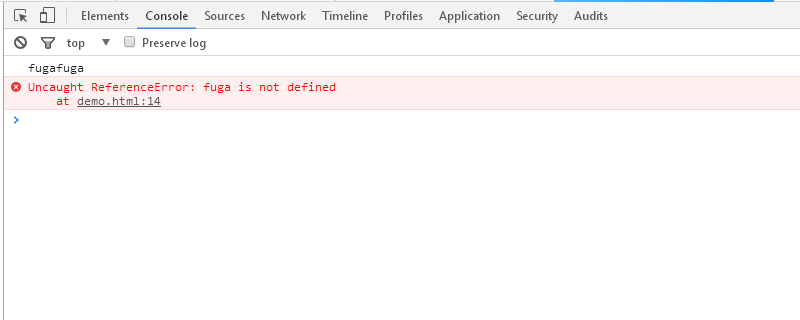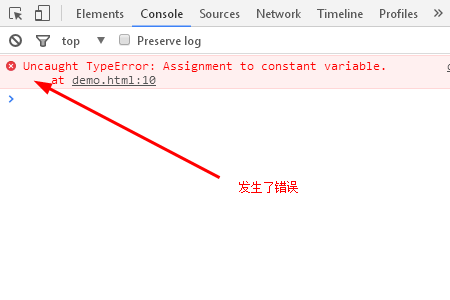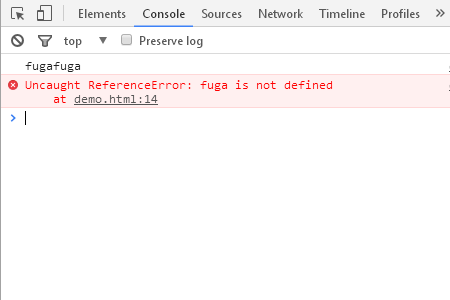Home >Web Front-end >JS Tutorial >Introduction to the differences between let, var and const in JavaScript and their application scenarios
In Introduction to the differences between let, var and const in Introduction to the differences between let, var and const in Introduction to the differences between let, var and const in JavaScript and their application scenarios and their application scenarios and their application scenarios, it is recommended to declare variable names (hereinafter collectively referred to as "variables") when using variables and constants. var, let and const are keywords used when declaring variables in Introduction to the differences between let, var and const in Introduction to the differences between let, var and const in Introduction to the differences between let, var and const in JavaScript and their application scenarios and their application scenarios and their application scenarios, where let and const are keywords for the new declaration method adopted by ECMAScript 2015.

ECMAScript 2015 (ekma script) is the standard specification for Introduction to the differences between let, var and const in Introduction to the differences between let, var and const in Introduction to the differences between let, var and const in JavaScript and their application scenarios and their application scenarios and their application scenarios. Standardized by international organizations, it is widely adopted in modern browsers such as Google Chrome and Internet Explorer 11 and above.
Using let and const, you can prevent the wrong value from being overwritten, or a variable with the same name being declared incorrectly.
Let’s take a detailed look at the differences and usage of var, let and const
var
In var, you can re-declare and redistribute.
var techacademy = '初始值ok'; techacademy = '重新分配ok'; var techacademy = '重新声明ok';
let
Re-declaration is prohibited in let
let techacademy = '初始值ok'; techacademy = '重新分配ok'; let techacademy = '重新声明no';
const
in const , redeclaration and reassignment are prohibited.
const techacademy = '初始值ok'; techacademy = '重新分配no'; const techacademy = '重新声明no';
Let’s use examples to explain let, var and const in detail
The writing methods of let, var and const
The basic procedure is as follows. After each keyword, write the variable name and initial value. The initial values of var and let can be omitted.
var hoge1 = 'hoge1'; var hoge2; // 省略初始值的写法 let fuga1 = 'fuga1'; let fuga2; // 省略初始值的写法 const piyo = 'piyo'; // const的初始值不能省略
The usage scope of let, var and const
The usage scope of var, let and const are different.
For example, if a var is declared outside an if statement, it can also be used in an if statement.
let and const cannot be used if they exceed the scope.
if (1) {
var x = 'ok';
let y = 'no';
const z = 'no';
}
console.log(x); //可以使用
console.log(y); //范围外,错误
console.log(z); //范围外,错误Let’s look at specific examples
Variable declaration basically uses const. The error occurs when reassigning const. Therefore, by declaring a variable whose value you don't want to change using const, you prevent the value from being accidentally changed.
const piyo = 'piyo'; piyo = 'hogehoge'; // 发生错误
The operation effect is as follows

If you need to redistribute, you can use let. Because let can set the valid scope of a variable locally compared to var, it prevents mistaken declaration of variables with the same name.
{
let fuga = 'fuga'; // 仅在{ ... }中有效
fuga = 'fugafuga'; // 重新分配,没有错误
console.log(fuga);
}
console.log(fuga); // 发生错误The operation effect is as follows

In most cases, it is recommended to use const and let. Use var only when absolutely necessary; this prevents incorrect use of variables and therefore makes programming and debugging easier.
The above is the detailed content of Introduction to the differences between let, var and const in JavaScript and their application scenarios. For more information, please follow other related articles on the PHP Chinese website!